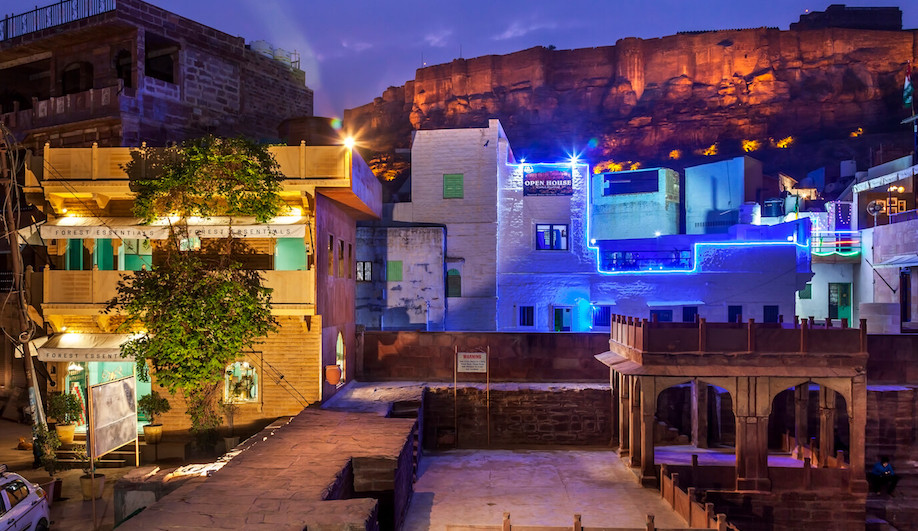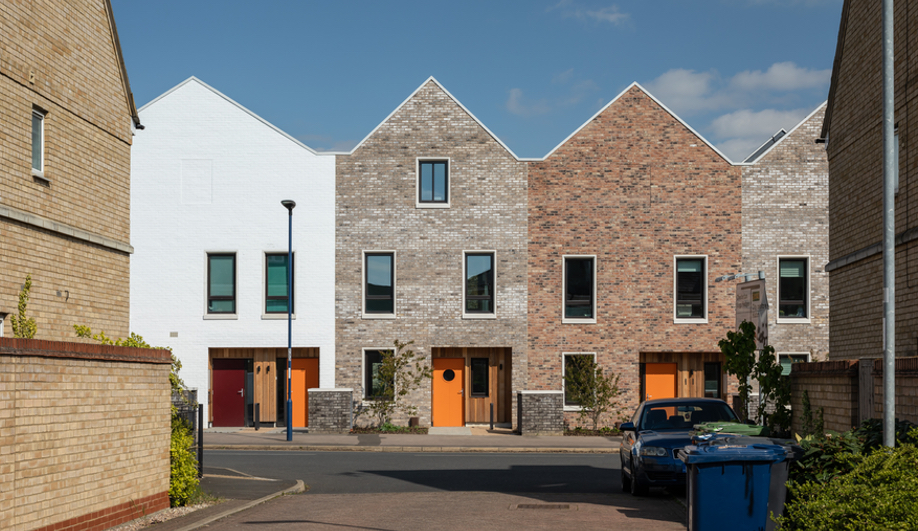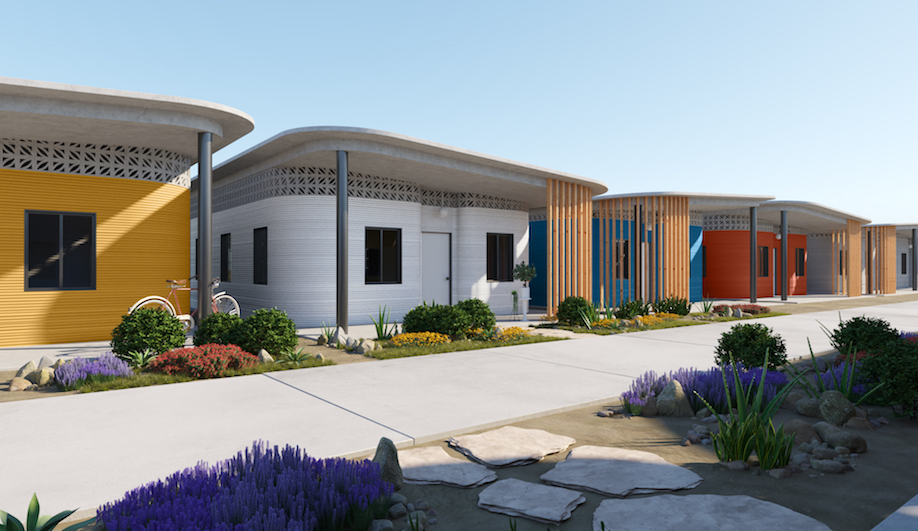In time for the 10th anniversary of 9/11, the long-awaited memorial park at Ground Zero will open and offer visitors a first look at Reflecting Absence, two stunning waterfalls that trace the footprints of the Twin Towers.
On September 12th, one day after the official 9/11 ceremonies take place at Ground Zero, New Yorkers and visitors to the city will gather around the spectacular memorial site created by Peter Walker of PWP Landscape Architecture and Israeli-American architect Michael Arad.
In 2004, Arad famously won the international competition to create the World Trade Center Site Memorial, beating out thousands of submissions sent in from around the world. The result is Reflecting Absence, two monumental voids created in the Twin Towers’ original footprints. Every minute, 98,500 litres of water will cascade over its nine-metre-deep black granite walls.
The memorial park has taken seven years to be realized and its debut to the world is filled with immeasurable anticipation, an intense mixture of sadness and hope.
More than a year ago, signs of progress were evident to anyone visiting the site. In August 2010, 416 oak trees were planted around the two one-acre water pools, creating a forested grove of young trees nested within the world’s most powerful financial capital. The trees have been carefully tended to, with an extensive gray-water irrigation system that keeps the root systems moist, ensuring the trees mature to their full lifespan, which can last centuries. The arching bows are meant to recall the vertical rise of the World Trade Center’s original design by Minoru Yamasaki.
As far as monuments go, this one excels in its attention to detail and commitment to provide a worthy communal place for remembering those that lost their lives. There are walkways and benches throughout the plaza for visitors to convene or to find a bit of private space for mourning.
Surrounding the two waterfalls are the names of some 3,000 fallen, inscribed on bronze parapets. Rather than being listed alphabetically, the “river of names” is organized using a complex algorithmic formula based on where people were and who they were with when they died – a kind of invisible network that designer Michael Arad describes as an intertwining series of “meaningful adjacencies.”
The data used to generate the algorithm was based on personal stories gleaned from the victims’ friends and family members, and the idea was to order the names in a way that would reveal not just individual loss, but also expose just how interconnected we all are.
While the National September 11 Memorial & Museum has created a smartphone app to guide visitors through the memorial and help them find particular names, Arad’s intention is not to be quite so instantaneous. Reading every name while in search of one or two, reveals the full impact 9/11 has had around the world.
An official commemorative ceremony will take place at the memorial on September 11, and open to the public on September 12.








